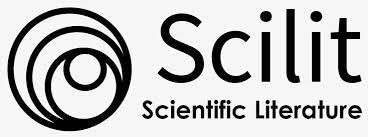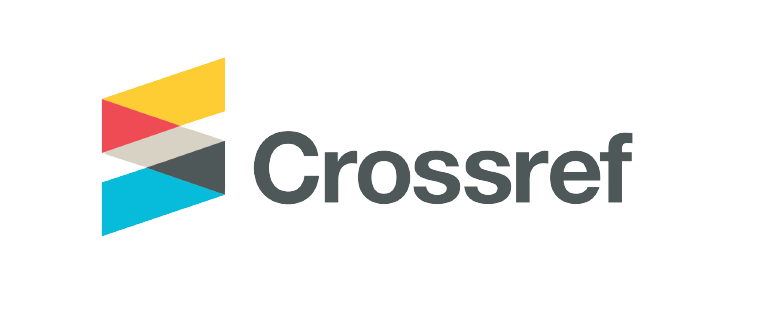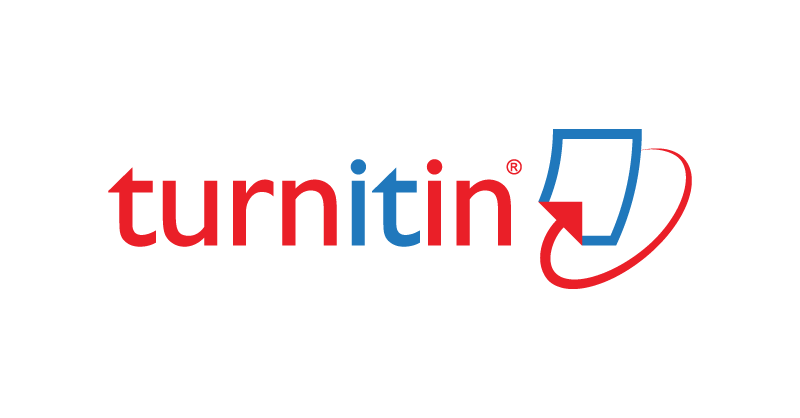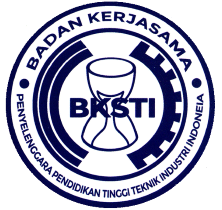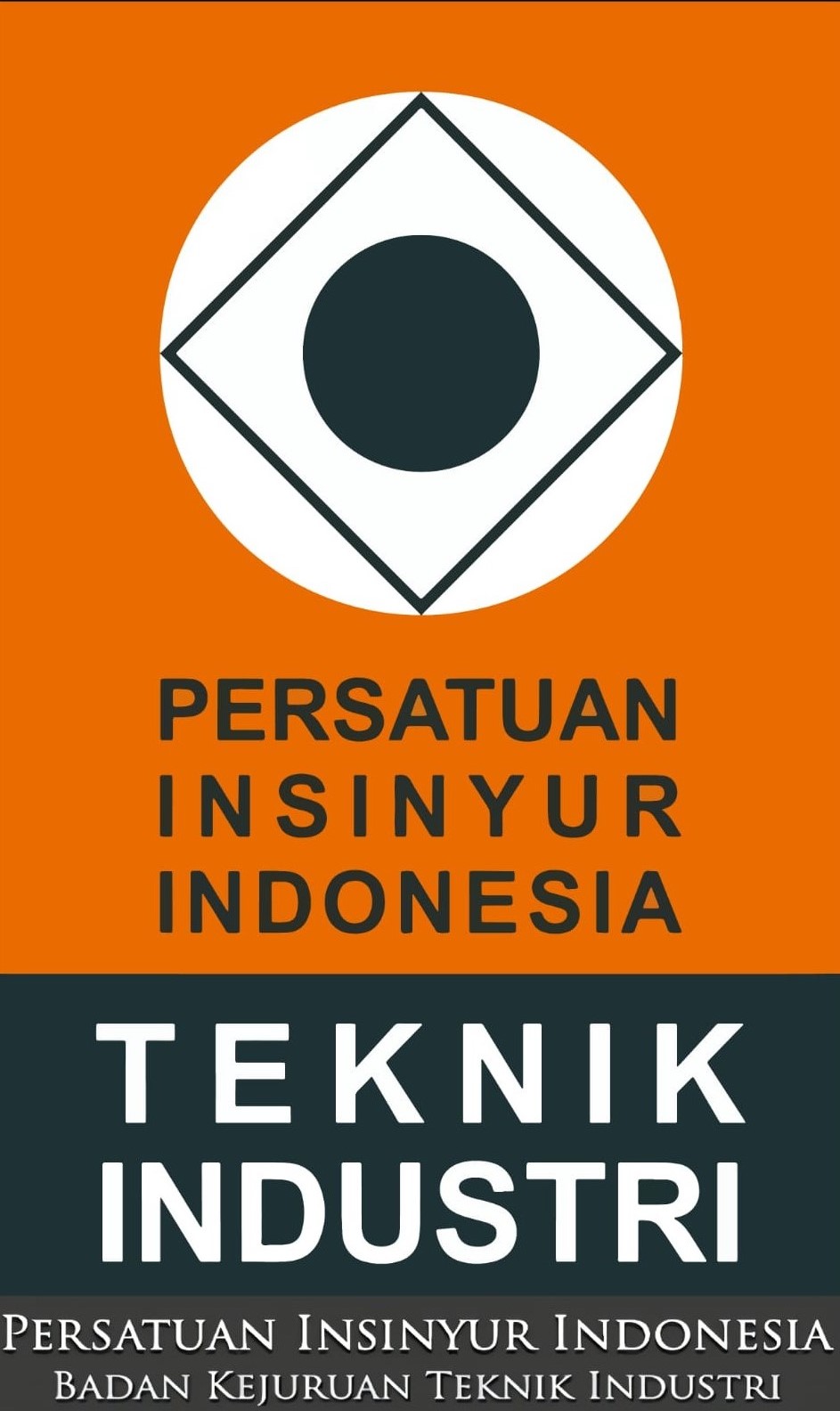Model for Determining the Optimum Marketing Strategy for Schneider Electric Products Using Game Theory Approach (Case Study: Authorized Distributor Schneider Electric)
DOI:
https://doi.org/10.32734/jsti.v27i2.18363Keywords:
Marketing, Strategy, Game-Theory, Linear Programming, DistributorsAbstract
Market competition, sales area, and similar business process between authorized distributors of Schneider Electric Medan namely KAK and PJ have an impact on the problems experienced by consumers, resulting in sales decrease and unachieved targets by distributors. Optimal marketing strategy modeling for each distributor is needed to restore consumer confidence and also increase sales. Game theory is used to analyze the most optimum applications by finding the best mathematical model for each distributor, where each player is expected to find the most optimum indicator in maximizing profits or minimizing losses. The novelty in this study is related to the application of strategy implementation (sub-variables) which will be actions that can be taken in implementing selected strategies (main variables) for each distributor. The results of the study show that the optimum marketing strategy of the main variable for KAK is the payment strategy, and for PJ is the aftersales strategy, with the saddle point value of the game is 17.73. The applications of the optimum marketing strategy for KAK payment strategy are COD, Net OEMD, and CIA, while for PJ aftersales strategy are Warranty, Technician, and Service Center, with the saddle point value of the game is 28.18.
Downloads
References
P. Kotler and K. Keller, Marketing Management, 15th ed., New Jersey: Pearson Prentice Hall, 2016.
A. Adwan, “Analyzing the role and ethics of online marketing for better business performance– a review on trends and future directions,” Journal of Legal, Ethical and Regulatory, vol. 24, no. 1, pp. 1–13, 2021. [Online]. Available: https://www.abacademies.org/articles/analyzing-the-role-and-ethics-of-online-marketing-for-better-business-performance-a-review-on-trends-and-future-directions-11224.html. [Accessed: Oct. 10, 2024].
F. Sudirjo, “Marketing strategy in improving product competitiveness in the global market,” Journal of Contemporary Administration and Management (ADMAN), vol. 1, no. 2, pp. 63–69, 2023. [Online]. Available: https://journal.adman.org/index.php/adman/article/view/45. [Accessed: Oct. 10, 2024].
N. Made, M. Santini, and P. Dewi, “Marketing mix in influence consumer purchase decisions of MSME in Gianyar, Bali-Indonesia,” International Journal of Social Science and Human Research, vol. 7, no. 9, pp. 6846–6857, 2024. DOI: 10.47191/ijsshr/v7-i9-50. [Accessed: Oct. 10, 2024].
A. Rahayu, “The influence of marketing information systems and product quality on customer purchasing decisions at PT. Schneider Electric in Bandung City, West Java,” International Journal of Economics, Commerce, and Management, vol. 1, no. 4, pp. 125–139, 2024. [Online]. Available: https://ijecm.co.uk/wp-content/uploads/2024/04/1420.pdf. [Accessed: Oct. 10, 2024].
F. Gantar and M. Tielung, “The analysis of distributor characteristics, corporate support, and learning organization in PT. Mahakarya Sejahtera Indonesia Manado Distributor,” Jurnal EMBA Unsrat, vol. 6, no. 4, pp. 2458–2467, 2018. [Online]. Available: https://ejournal.unsrat.ac.id/index.php/emba/article/view/20456. [Accessed: Oct. 10, 2024].
S H. Christanto, “Game theory analysis of Indihome and Biznet in the Salatiga internet market,” Journal of Information Systems and Informatics, vol. 6, no. 1, pp. 399–408, 2024. DOI: 10.51519/journalisi.v6i1.123. [Accessed: Oct. 10, 2024].
M. Ridwan, R. Puspa, and A. Suseno, “Analisis strategi bersaing merek mie instan menggunakan teknik Markov Chain dan Game Theory (Studi kasus Mie IVs Mie S),” Jurnal Sistem Teknik Industri (JSTI), vol. 23, no. 2, pp. 132–145, 2021. DOI: 10.9744/jsti.23.2.132-145. [Accessed: Oct. 10, 2024].
E. Ezimadu, “Modeling cooperative advertising decisions in a manufacturer-distributor-retailer supply chain using game theory,” Yugoslav Journal of Operations Research, vol. 30, no. 2, pp. 147–176, 2020. DOI: 10.2298/YJOR191105008E. [Accessed: Oct. 10, 2024].
S. Banihashemi, “Role of game theory on achievements of an economic enterprise,” American Journal of Sciences and Engineering Research, vol. 4, no. 6, pp. 165–175, 2021. [Online]. Available: https://www.ajser.org/papers/vol4/issue6/role-of-game-theory-on-achievements-of-an-economic-enterprise.pdf. [Accessed: Oct. 10, 2024].
M. Kumar, “A study of solving mixed game theory problem,” Research Review International Journal of Multidisciplinary, vol. 4, no. 5, pp. 2755–2760, 2019. [Online]. Available: https://rrjournals.com/wp-content/uploads/2019/05/2755-2760_RRIJM190405423.pdf. [Accessed: Oct. 10, 2024].
Sugiyono, Metode Penelitian Kuantitatif, Kualitatif, dan R&D, Bandung: Alfabeta, 2013.
O. Oreagba, O. Ogunnaike, and O. Kehinde, “Capitalizing on game theory for optimal marketing decision in service industry: Evidence from telecommunication industry in Nigeria,” SAGE Open Journals, vol. 11, no. 2, pp. 1–9, 2021. DOI: 10.1177/21582440211027512. [Accessed: Oct. 10, 2024].
A. Suharsimi, Manajemen Penelitian, Jakarta: Rineka Cipta, 1995.
Riduwan, Skala Pengukuran Variabel-Variabel Penelitian, Bandung: Alfabeta, 2005.
P. Siagian, Penelitian Operasional (Teori dan Praktek), Bandung: Alfabeta, 2006.
R. Kumar, “An introduction to game theory,” Irish Interdisciplinary Journal of Science & Research (IIJSR), vol. 8, no. 1, pp. 1–7, 2024. DOI: 10.34218/IIJSR.8.1.2024.001. [Accessed: Oct. 10, 2024].
D. Marcella, L. Novendy, and F. Cuandra, “Implementasi manajemen operasional terhadap penyelesaian masalah di PT Toyota Motor Manufacturing Indonesia,” Jurnal Ilmiah Ekonomi Global Masa Kini, vol. 13, no. 2, pp. 115–124, 2022. [Online]. Available: https://ejournal.stie-aas.ac.id/index.php/jiegmk/article/view/456. [Accessed: Oct. 10, 2024].
R. Murthy, Operation Research, 2nd ed., New Delhi: New Age International Publisher, 2007.
F. Indhasari and M. Agusfartham Ramli, “Optimization of production costs in the wood processing industry (Case study of Jepara Majene teak wood furniture business),” Gorontalo Journal of Forestry Research, vol. 7, no. 1, pp. 24–33, 2024. [Online]. Available: https://jurnal.unigo.ac.id/index.php/gjfr/article/view/3300. [Accessed: Oct. 10, 2024].
Downloads
Published
How to Cite
Issue
Section
License
Copyright (c) 2025 TALENTA Publisher Universitas Sumatera Utara

This work is licensed under a Creative Commons Attribution-ShareAlike 4.0 International License.
The Authors submitting a manuscript do so on the understanding that if accepted for publication, the copyright of the article shall be assigned to TALENTA Publisher Universitas Sumatera Utara as the publisher of the journal.
Copyright encompasses the rights to reproduce and deliver the article in all forms and media. The reproduction of any part of this journal, its storage in databases, and its transmission by any form or medium will be allowed.









